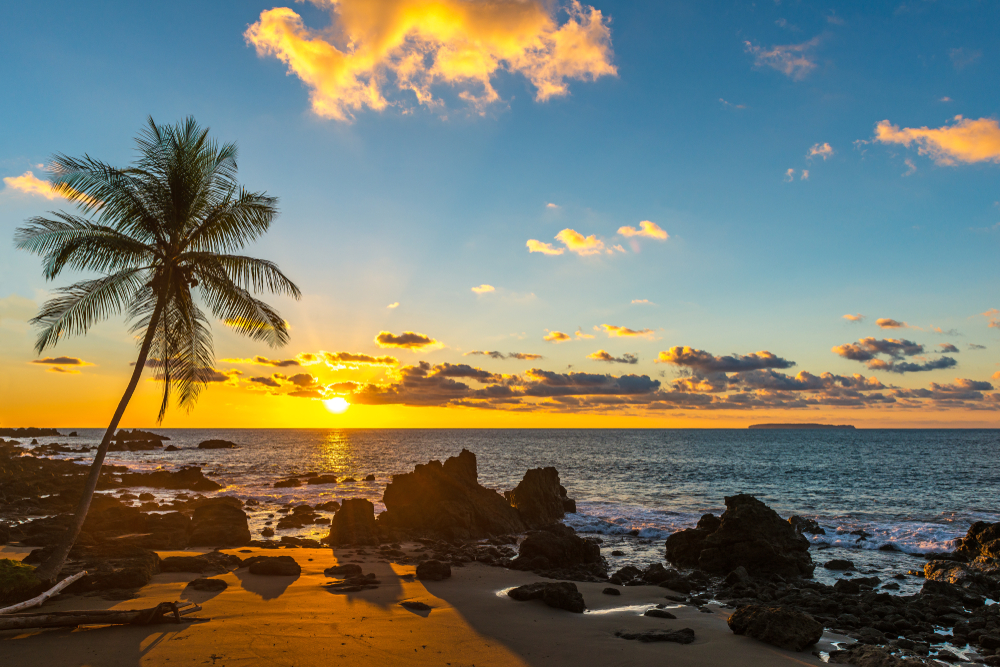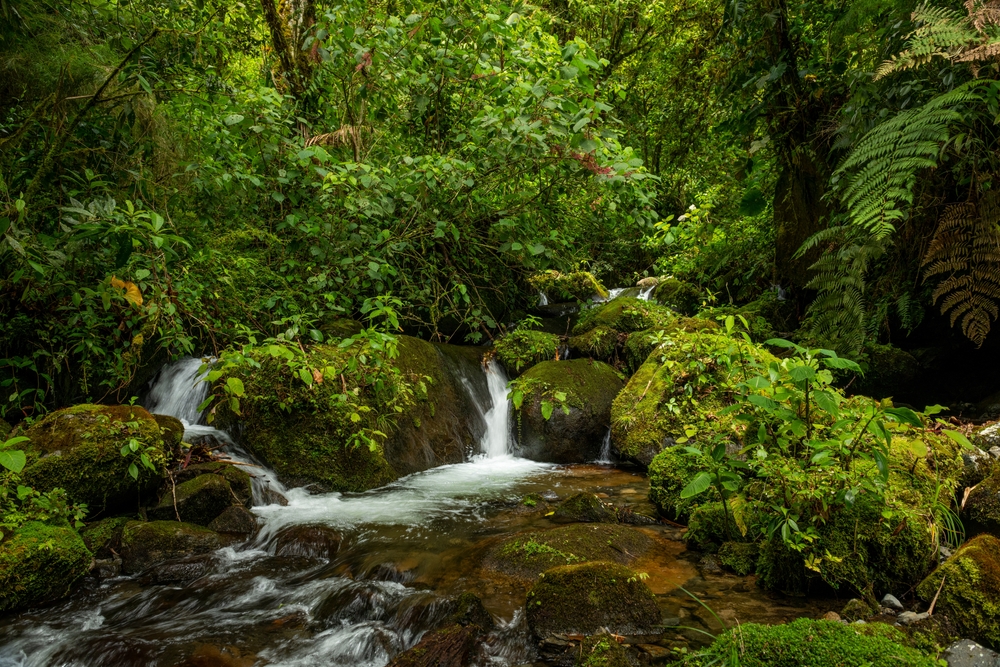Braulio Carrillo Overview
Braulio Carrillo National Park, known as Parque Nacional Braulio Carrillo in Spanish, is one of Costa Rica’s most expansive and ecologically diverse protected areas.
Located in the central part of the country, it covers approximately 185 square miles (478 square kilometers) and stretches across the provinces of San José, Heredia, and Limón. The park is situated just a short distance from the capital, San José, making it one of the most accessible national parks in the country.
Its rugged terrain is dominated by towering mountains, deep canyons, and swift rivers, forming part of the Central Volcanic Mountain Range. The park is named after Braulio Carrillo, a former president of Costa Rica who played a key role in developing infrastructure and promoting conservation efforts.
The park’s landscape is defined by its dramatic elevation changes, ranging from around 118 feet (36 meters) in the Caribbean lowlands to nearly 9,500 feet (2,900 meters) at the summit of Barva Volcano. These altitude variations create multiple microclimates, resulting in an extraordinary diversity of vegetation.
Lush primary rainforests dominate the lower elevations, while cloud forests cover the higher regions. Dense foliage, towering trees, and a wealth of epiphytes such as orchids, bromeliads, and mosses thrive in the park’s humid conditions. The terrain is further enhanced by cascading waterfalls, such as San Fernando and Las Gemelas, which provide breathtaking scenic views amid the jungle setting.
Braulio Carrillo National Park is home to an incredible variety of wildlife, with over 500 bird species and a rich array of mammals, amphibians, and reptiles. Birdwatchers are particularly drawn to the park due to its status as a haven for avian biodiversity.
The resplendent quetzal, known for its brilliant green and red plumage, is one of the park’s most sought-after sightings. Other notable bird species include toucans, trogons, tanagers, and the elusive umbrellabird. Among the mammals, visitors may encounter howler monkeys, white-faced capuchins, and spider monkeys swinging through the trees.
Larger mammals such as jaguars, pumas, and ocelots roam the park’s more secluded areas, although sightings of these elusive predators are rare. Other common species include peccaries, agoutis, and armadillos, which thrive in the park’s dense undergrowth.
One of the park’s most popular features is its well-preserved network of trails, which allow visitors to explore its diverse ecosystems up close. The Barva Volcano sector offers hiking trails that lead to scenic crater lakes and panoramic views, while the Quebrada González sector provides access to well-maintained paths through thick rainforest.
The aerial tram in the park’s adjacent private reserve offers a unique perspective of the forest canopy, giving visitors a chance to observe wildlife and lush vegetation from above. Due to its high levels of rainfall, the park is also home to numerous rivers, making it an important water source for the surrounding regions.
Conservation efforts in Braulio Carrillo National Park have been largely successful, thanks to its protected status and location within the larger Cordillera Volcánica Central Biosphere Reserve. However, challenges such as illegal hunting, deforestation on the park’s edges, and climate change continue to threaten the delicate balance of its ecosystems.
The park’s management, overseen by the Costa Rican National System of Conservation Areas (SINAC), has implemented measures to protect its rich biodiversity, including monitoring wildlife populations and promoting sustainable tourism.
These efforts have helped preserve one of Costa Rica’s most pristine natural areas, making Braulio Carrillo National Park a vital refuge for countless species and an invaluable destination for nature enthusiasts.
















































































